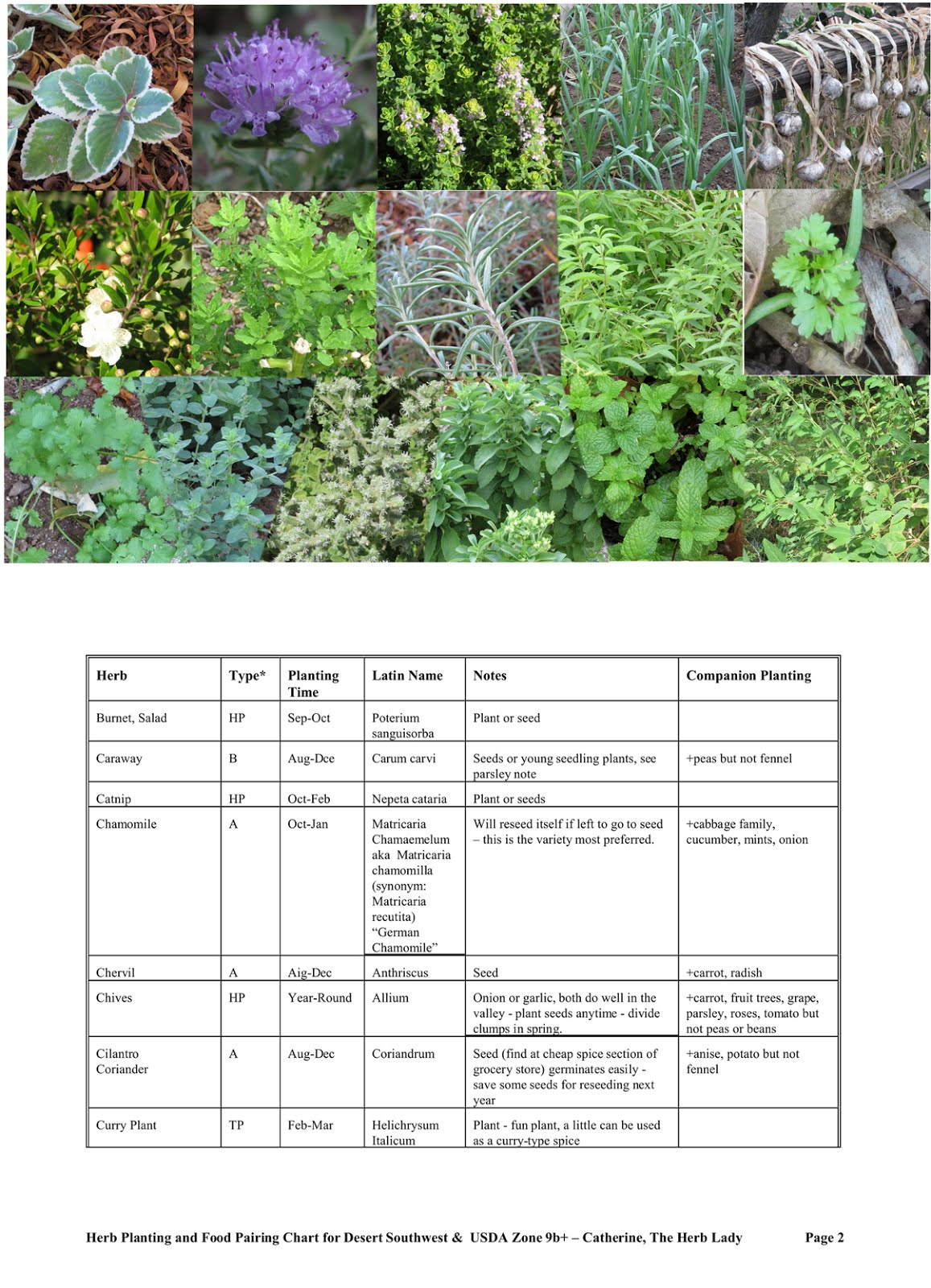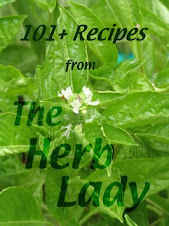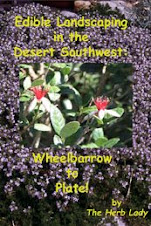Yesterday turned out to be a great Free Seed Day!
Over 120 seed packages went to new homes and I got some great seeds in too - Thank you Jacq Davis for the Papaya and Moringa Seeds and a very nice young man who brought Passion Flower seeds for the Seed Bank.
I did a lot of Q & A and clarifying on frost protection, planting time and some soil questions. And, what about using shade cloth?
Shade Cloth or Planting in Shade. Here is the thing, if you plant at the right time for the variety, shading in any form except with a limited number of species, is not necessary. If it is edible it needs the sun, as much of it as can be accessed. Plant like strawberries and peppers benefit from a bit of the late afternoon shade, but still like about 6-8 hours of direct sun.
If you absolutely feel you must use shade cloth for whatever reason you have to understand how high to place it. Shade cloth too close to the tops of the plants holds in the heat, creating a HOTTER not cooler environment for the plants. Have you ever stood under an umbrella or ten canopy on a hot day and wondered why it felt hotter when you have "shade"? Same principle there is no air flow sufficient to minimized the radiant heat produced by a fabric when the sun is beating down on it. (There are exceptions like mylar coated tents or similar.) Most folks presume that because you can see through shade cloth there is air movement. Nope! There should be a good 4-6 feet clearance between the top of the tallest plant in the garden and the shade cloth to avoid heat retention.
Preferably it should be place directly over - or slightly to the west of the garden area so that the plants can get at least some of the sun they need.
Tomatoes - One of the gardener's Holy Grail of plants and worth it if you do somethings right in the desert garden.
To begin with, we get two growing seasons out of a tomato planted in January/February. Spring and fall. The pollen can't set in the middle of the summer when our night time temperatures are in the 80s. The fruit starts to set again as soon as those temps drop back in late August /early September.
Seeds or transplants need frost protection until mid-March (on the outside of the time frame). Tomatoes do not like cool/cold soil and will actually stop growing if we hit a couple of cool/overcast days. They will start growing again when the soil warms back up.
Unless you plan on planting a forest of tomatoes - many, many plants all planted close together - do NOT stake or cage them. Let them Sprawl. High up is hot and dry, low down is cooler and moister. The vines get very strong and will generally hold the fruit up off the ground without a problem. Usually the sprawling vines also cover the fruit well enough to keep them visually out of bird site. IF Fruit touches the ground, just slip an un-coated white paper plate under the fruit to keep off soil. Do the same thing with melons or squash or any fruit which touches the ground. Use can use a piece of wood or a brick instead. (Large growers frequently use straw for the same purpose.) The bacteria in our soil is great but also a problem for tender fruits, causing them to rot and attract bugs.
Amending Soil: First about our "native" soil, worms and moisture.
Looking at a very dry, hard as a rock area of backyard or land most folks just can't see what lies beneath. Worms and moisture! Where are they? About 3+ feet below where the moisture ensures the worms a hospitable home and they are NOT going to come up into the dry earth above until it is more welcoming.
How do I know this? Because 20 years ago when Deane decided to completely rework the barren (except for mallows following a rain), hard as a rock backyard, the only thing we got sticking a shovel into the earth was an occasional grub. No Worms. Period.
He brought in several tons of compost, used one of the huge tillers to work the property stem to stern, until the soil looked like black talcum powder, and then he watered, leveled and bermed the entire perimeter and started planting trees by digging enormous holes for each one - six feet to be exact.
Along the way down - he encountered impressive caliche (a chemical reaction between the intensity of the sun, and high mineral content of the soil and water) a couple of feet down and below that was moist soil with an occasional worm!
Fast forward 1 year and digging and working in this revitalized soil we started encountering worms. Fast forward to today and we can stick a spade into the worked areas and find 2-3 worms per spade or 8-12 per shovel full.
Amending is about bringing in "organics" like finished compost, well rotted manure and working them into the native soil to "fluff" and increase drainage. There are minerals in un-amended soil, along with microbs and beneficial fungus, which together with the healthy "living" compost and manure create a perfect recipe for happy plants.
Compost vs. Mulch
Compost is worked INTO the soil. Mulch is put ON TOP of the soil, to cool the soil, minimize evaporation and begin or help the process of creating a hospitable environment that those worms - remember them - will want to come up into, bringing their rototilling, manure spreading, reproduction activities into.
The reason for the BIG difference in where the mulch is placed comes down to this: wood chips are not composted yet. If they are incorporated INTO the soil they steal nitrogen from the soil, rather than add to it.
I had a nice conversation on reclaiming a barren lot with a young man and gal. He was bringing up the concept of wood chips, mulch layered to begin the process of revitalizing his backyard - he knew his subject very well and we discussed the methods and sources. Layering with wood chips, mulch, compost if you have it, manure creates an incredible reclaimation environment that you can begin to plant in after about 6 months. You are looking for 8+ inches in depth.
Free Wood Chips You can call a tree trimming service and arrange for a load of wood chips to be delivered, Free, to your home. This is a wonderful win/win because the landscaper is saved a run to the dump or landfill and you get a free mulch. FYI - IMPORTANT points: 1) They will deliver a load when they are in your area - sometimes you can arrange and exact date and time, but not always. 2) You will get a HUGE amount of wood chips all at once - about the entire length of your driveway, which you will have to wheelbarrow to your garden locations yourself, unless you want to pay for it to be moved.
I found an excellent short video illustrating just how big the pile is along with aspects of what might be in the pile. The videographer makes a nice point of building a relationship with a landscaper if you envision getting more than one load of wood chips.
Wood chips can be a component of "Sheet Mulching".Layering mulch to create healthy soil is referred to as Sheet Mulching or Lasagna Gardening. Watch Greg Peterson over The Urban Farm show you how to get a healthy bed going this way. Greg explains both long term use and short term use of the layer area.
Frost Protection / Planting Time.
We are at the end of cool weather planting the beginning of warm weather planting. BUT - planting the warm weather plants now means having frost protection available or in place (Poor Man's Cloche) until mid-March. It is about the occasional frosty night until then and even the possibility of hail.
Sowing seeds directly in ground, with proper watering, generally results in healthier plants overall. Water/sprinkle every day until you seed germination above ground (that means keeping it moist - not soggy - during the entire under-ground germinating process), and then you can start backing off the water to less frequency and more duration (deeper) to encourage good strong roots deep away from the soil surface and excess cold and heat.
Many of us "artificially" start seeds, in posts, jiffy pellets (I use these), indoors, using grow lights and heat mats. This works very well, germinating most seeds if done properly. The thing is -- these plants may not have the same stamina if started directly in the ground. It is a matter of the "strongest survive".
So if you have the option - direct sow.
We can still see soft frost (anything under cover whether blanket, tree or patio cover) will generally be okay with little or no damage.
Hard frost is possible this year with our freaky El Nino and its huge temperature swings. Hard frost moves "horizontally" as opposed to soft frost's vertical pattern. Hard Frost also means sustained (4 hours +) below 32 degrees and is difficult to prevent damage without the use of a heat source like old-fashioned Christmas tree lights and cover. Or moving plants into an above freezing level area.
DO NOT remove any frost damage yet. Not until we have no possibility of additional frost. If you did not see my previous post of February Planting, Hail etc.here is the link. I discuss a little more about end of frost and include a picture of a poor man's cloche.
Getting Back To Seeds:
Baker Creek Seeds: I received this email from them yesterday (so timely to my seed share), which I wanted to pass on to you all.
"Did you know that Baker Creek
has published a kids' gardening booklet? Yes! This fun and informative
publication, Amazing Seeds: A Kids Guide to Strange and Wonderful Garden
Veggies, contains 32 color pages of interesting facts and how tos
for growing veggies. And the best part? We are happy to send quantities of
booklets for FREE to schools and homeschool groups, as well as to libraries and
special events. Just send an email to seeds@rareseeds.com,“Attn:
Free Kids Book” in the subject line."
I'm always happy to answer questions via email or at the Mesa Community Farmers Market.
Watch my post regarding my Free Lecture open to the public at Mesa Urban Garden on February 20th. Details to be announced.
-- Catherine, The Herb Lady
If you enjoyed this post, subscribe in the upper side bar link, to get all my posts!
Website: http://www.herbs2u.net/
My Publisher is Offering A Discount good through Monday, January 25, 2016. On PRINT books and calendars.
15% Off All Print Books, Photo Books, and Calendars
Cannot be combined with other offers.
Use Code: JANSAVE15
Offer ends January 25th at 11:59 PM
Publisher's Site: http://www.lulu.com/spotlight/herbs2u
Disclaimer: Clicking on links on this blog may earn me a small commission if you purchase something. Your price does not change.






















No comments:
Post a Comment